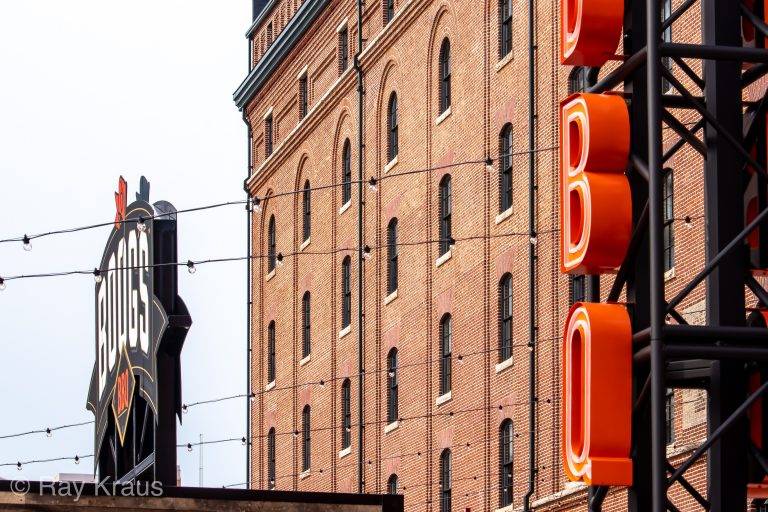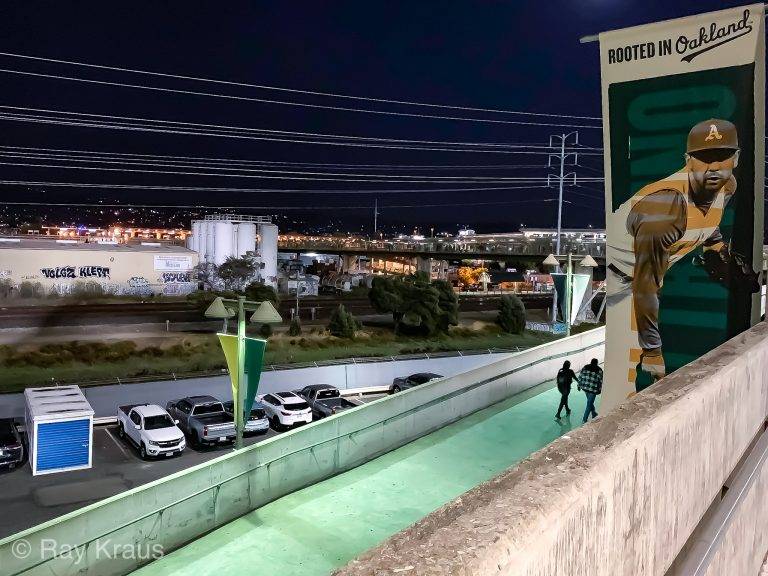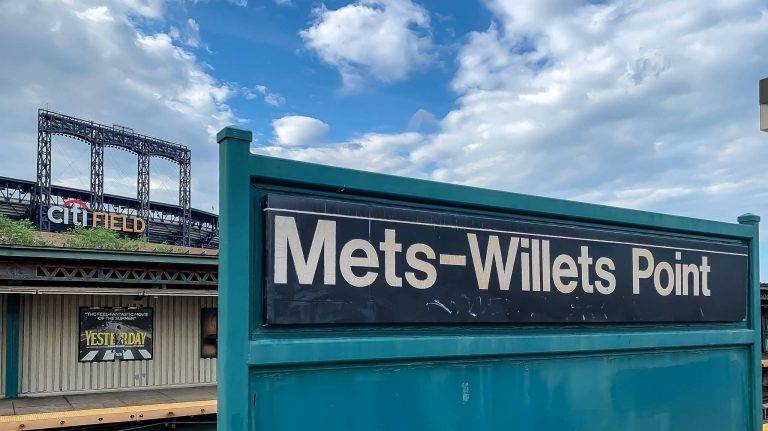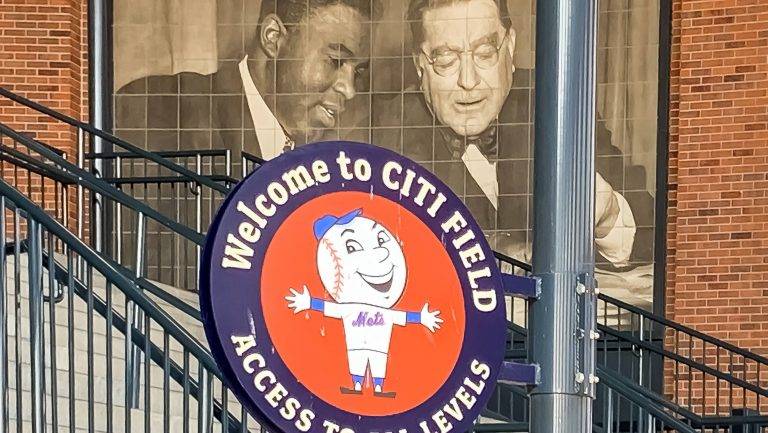“Someday the Orioles Will Deserve Camden Yards”
Historic Camden Yards There is a statue of young George Herman Ruth, Jr., at the intersection of Eutaw and West Camden Streets. He is looking toward the sky and dreaming of greatness. Behind the statue called “Babe’s Dream” is Baltimore’s revolutionary Oriole Park at Camden Yards. The ballpark abuts "Pigtown," the historic neighborhood where "The Babe" was born. Ruth's father ran a saloon located near what is now Oriole Park's centerfield. When the stadium was under construction, the team asked archeologists to survey the area to see if there were any artifacts. They found a few bottles and dishes, but nothing noteworthy. Ruth's birthplace - now a museum - is just a few blocks from the ballpark. The house is small, clean, and orderly. If one did not know better, they would assume that it was a happy home. It wasn't happy, and neither is the current day Oriole Park. Oriole Park at Camden Yards is a revolutionary ballpark distinguished by many unique elements. However, its beauty unsuccessfully camouflages many of the Orioles and baseball’s problems. The Babe The romanticized version of Ruth's life is like the story of his statue in front of Oriole Park suggests. It's the story of the always hopeful boy who perseveres through life's challenging obstacles to realize his dreams of baseball greatness. At St. Mary's Industrial School for Boys, young George meets Brother Mathias, who teaches him baseball. From there, he on his way to fame and fortune. Babe's birthplace. Ruth's childhood was far more traumatic than the romantic legend suggests. His parent's troubled marriage ended in divorce with allegations of his mother's infidelity. His father was an alcoholic. George Jr., the eldest of seven children, felt that his parents blamed him for the loss of the five siblings that died in infancy. The family was poor and relocated often. Young George Jr. (back row center) at St. Mary's.Baltimore Sun George Jr.'s relegation to St. Mary's was akin to parental abandonment. He rarely saw his parents after he moved there. Life at the school was harsh. Food was rationed, all activities were controlled, he slept in a large dorm with little privacy. These experiences colored the rest of the young George's life. Ruth's Rosary that he carried all his life. Ruth was America's first and possibly greatest sports celebrity. The poor kid from Baltimore set extraordinary baseball records and commanded record salaries. However, a realistic view is that his outward gregarious behavior hid a sad and somewhat lost existence. Ruth was a womanizer, likely alcoholic, and died an old man at the young age of 53. Moreover, despite his legendary career, he never garnered the respect needed to realize his dream of managing a major league team. Eutaw Street and Statues Just past the "Babe's Dream" statue is a gate that leads to Eutaw Street. This section of the busy street became a pedestrian thoroughfare that runs between the 120-year-old Baltimore & Ohio Warehouse and the outfield when the ballpark opened. On game days,…










